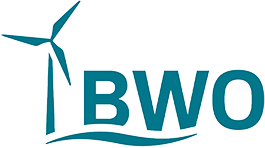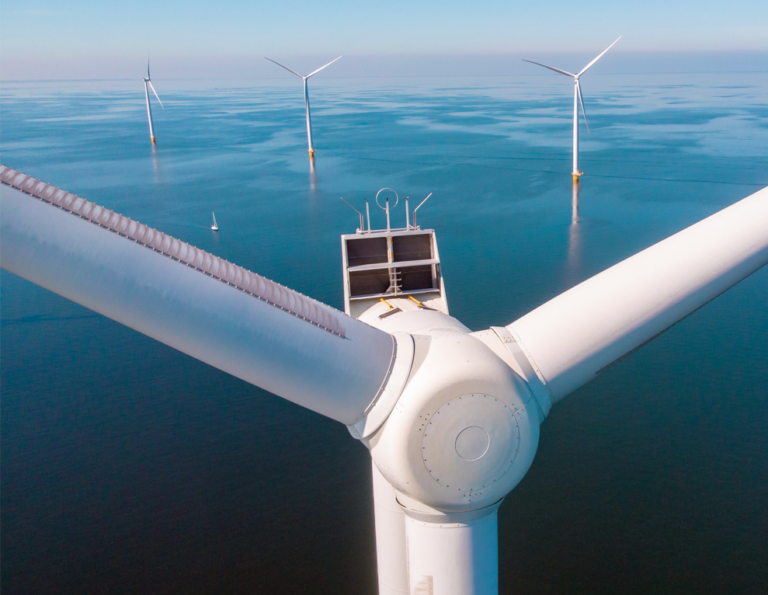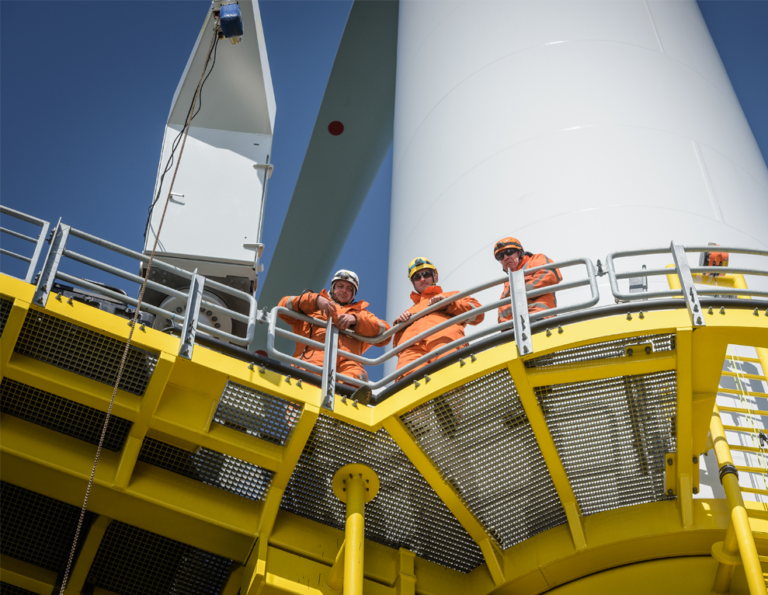Green hydrogen from offshore wind: create concrete foundations for investments now!
“It is good that the federal government has presented an updated national hydrogen strategy. This offers more planning security for the offshore wind industry. On the basis of the strategy, however, it is now important to define concrete measures for the production of green hydrogen using offshore wind power," says BWO Managing Director Stefan Thimm.
"The production of green hydrogen from offshore wind must start now and be expanded rapidly - by electrolysis at sea or near the coast by electricity from offshore wind," says Thimm.
“The offshore wind industry should quickly get clarity about the funding criteria for electrolysis at sea so that the first area in the North Sea intended for hydrogen production can be put out to tender quickly. According to the law, the tender for the production of green hydrogen on land should also take place from 2023. So far, however, there have been no proposals for the tender design from the responsible Ministry for Economic Affairs and Climate Protection," says the BWO Managing Director.
“It is important to find an appropriate balance between the interests of the stakeholders and the goal of rapid hydrogen production. Operators' business models must be taken into account to encourage positive investment decisions," adds Thimm.
background objects
The Federal Cabinet decided today to update the National Hydrogen Strategy. The target for domestic electrolysis capacity in 2030 is increased from 5 gigawatts to at least 10 gigawatts.
With "SEN-1", the federal government is providing an area in the North Sea for the production of hydrogen at sea. This should include 1 gigawatt of installed wind energy capacity. However, it is unclear when the call for applications will start and how the funding criteria will be designed.
In addition, according to Section 96 of the WindSeeG, 2023 megawatts of electrolyser capacity are to be put out to tender in the years 2028 to 500. These are to be used in a system-friendly way to generate green hydrogen on land, including with electricity from offshore wind farms.



